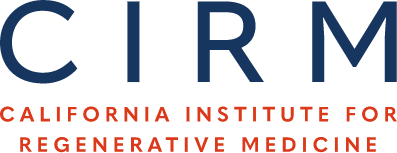Bioengineering technology for fast optical control of differentiation and function in stem cells and stem cell progeny
Grant Award Details
Grant Type:
Grant Number:
RN1-00535
Investigator(s):
Human Stem Cell Use:
Award Value:
$2,424,209
Status:
Closed
Progress Reports
Reporting Period:
Year 2
Reporting Period:
Year 3
Reporting Period:
Year 4
Grant Application Details
Application Title:
Bioengineering technology for fast optical control of differentiation and function in stem cells and stem cell progeny
Public Abstract:
Embryonic stem (ES) cells potentially could provide clinically important replacement tissue for central nervous system (CNS) disease treatment, and regenerative medicine approaches involving ES cells have been suggested for common CNS disorders. But it has been difficult to produce the right kind of replacement tissues from ES cells because the “differentiation”, or cell-type specification process, takes many days to weeks, during which time many different stimuli and signaling molecules need to be physically applied to the stem cells. This process of “stem cell differentiation” is slow, costly, laborious, variable, prone to error and contamination, and ultimately rate-limiting in the long road leading to clinical translation. We propose to develop and apply fast, inexpensive, and robust optical technologies to the fundamental problem of stem cell differentiation and regenerative medicine, with particular focus on CNS disease.
Statement of Benefit to California:
Neuropsychiatric diseases like Parkinson’s disease and major depression are leading causes of disability and death in California and worldwide. They are difficult to treat, poorly understood, and devastating for patients, families, and society as a whole. Our proposed fusion of engineering technology with clinically-inspired stem cell technology represents a unique opportunity, which we anticipate will lead not only to fundamentally new, potent, and specific therapies for diseases representing major burdens for the state, but also to engineering and medical commercial ventures that will add resources, money, and skilled jobs to the robust and growing state economy.
Publications
- Nat Neurosci (2009): Bi-stable neural state switches. (PubMed: 19079251)
- Science (2010): Cholinergic interneurons control local circuit activity and cocaine conditioning. (PubMed: 21164015)
- J Neurosci (2010): Dlx5 and Dlx6 regulate the development of parvalbumin-expressing cortical interneurons. (PubMed: 20392955)
- Cell (2011): Dynamics of Retrieval Strategies for Remote Memories. (PubMed: 22019004)
- Nature (2010): Global and local fMRI signals driven by neurons defined optogenetically by type and wiring. (PubMed: 20473285)
- Cell (2011): The microbial opsin family of optogenetic tools. (PubMed: 22196724)
- Cell (2010): Molecular and cellular approaches for diversifying and extending optogenetics. (PubMed: 20303157)
- Nature (2011): Neocortical excitation/inhibition balance in information processing and social dysfunction. (PubMed: 21796121)
- Nat Neurosci (2011): Optetrode: a multichannel readout for optogenetic control in freely moving mice. (PubMed: 22138641)
- Science (2009): Optical deconstruction of parkinsonian neural circuitry. (PubMed: 19299587)
- Nat Protoc (2010): Optogenetic interrogation of neural circuits: technology for probing mammalian brain structures. (PubMed: 20203662)
- Nat Neurosci (2011): An optogenetic toolbox designed for primates. (PubMed: 21278729)
- Neuron (2011): Optogenetics in neural systems. (PubMed: 21745635)
- Nature (2009): Parvalbumin neurons and gamma rhythms enhance cortical circuit performance. (PubMed: 19396159)
- Neuron (2011): Recombinase-driver rat lines: tools, techniques, and optogenetic application to dopamine-mediated reinforcement. (PubMed: 22153370)
- J Neurosci (2009): Sleep homeostasis modulates hypocretin-mediated sleep-to-wake transitions. (PubMed: 19726652)
- Nature (2009): Temporally precise in vivo control of intracellular signalling. (PubMed: 19295515)
- Stem Cells (2011): Tracking stem cell differentiation in the setting of automated optogenetic stimulation. (PubMed: 21280159)
- Nat Neurosci (2010): Ultrafast optogenetic control. (PubMed: 20081849)



